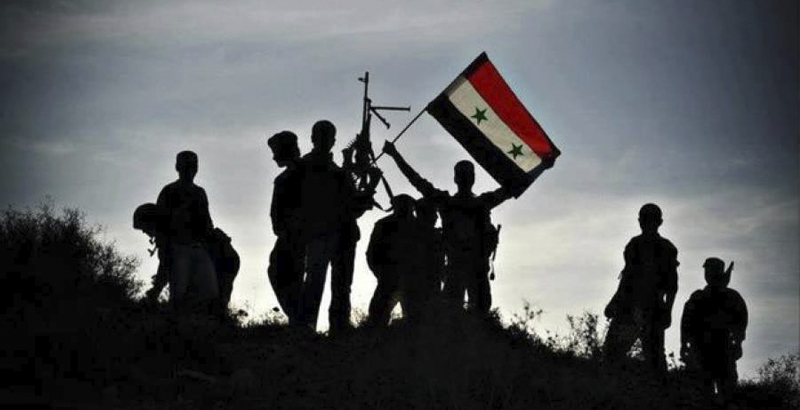The first humanitarian corridor has been set up in Eastern Ghouta by the Syrian Army under Russian control and sponsorship.

Photo: damaspost.com
On Friday, a humanitarian corridor was created by the Syrian Army at the Wafideen refugee camp, located in Eastern Ghouta, in order to allow civilians to leave the militant-held areas and move to government-controlled regions, a number of social networks’ activists reported. The corridor was set up under Russian sponsorship and control.


It is the first humanitarian corridor in the region. According to reports, in the very near future, several other humanitarian corridors will be opened in Eastern Ghouta. The area will be divided into four sectors, each of which will have two humanitarian corridors: one – for civilians and another one – for militants.
Also on Friday, Syrian troops continued their attacks on positions of Jaish al-Islam in Hawsh al-Salehiyeh town, recapturing more lands in Eastern Ghouta. The Syrian Army launched an attack on defense lines of terrorists, stationed to the northeast of Hawsh al-Salehiyeh town. As a result, a number of terrorists of Jeish al-Islam and Faylaq al-Rahman were killed and wounded, as well as several farms near the town were seized by Syrian troops.
After a six-hour battle, the Syrian Army also managed to recapture some trenches and checkpoints in the northern flank of Hawsh Al-Salehiyeh. Now, Syrian troops are going to attack Hawsh al-Salehiyeh from two different flanks, simultaneously launching an offensive from the nearby village of Hawsh al-Zriqiyeh.




This is the first step in clearing Eastern Ghouta pocket.Remember Aleppo – humanitarian corridors amnesty.Here we will see the same situation.By the end of the year there wont be Eastern Ghouta pocket.
Russia and Syria may be sending a message here.
Progress in E Ghouta has been slow and steady. After the upcoming fall of Nashabiyah, hopefully the pace will pick up. This pocket ties up a very large number of SAA.
Some people say around 25k troops.
I doubt that it will release up to 25K troops for duty elsewhere. Most are probably local NDF.
Some still fight with the SAA elsewhere as well such as Eastern Aleppo